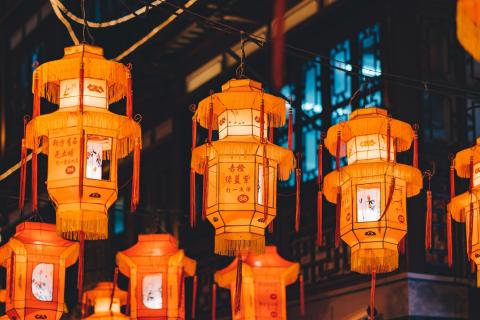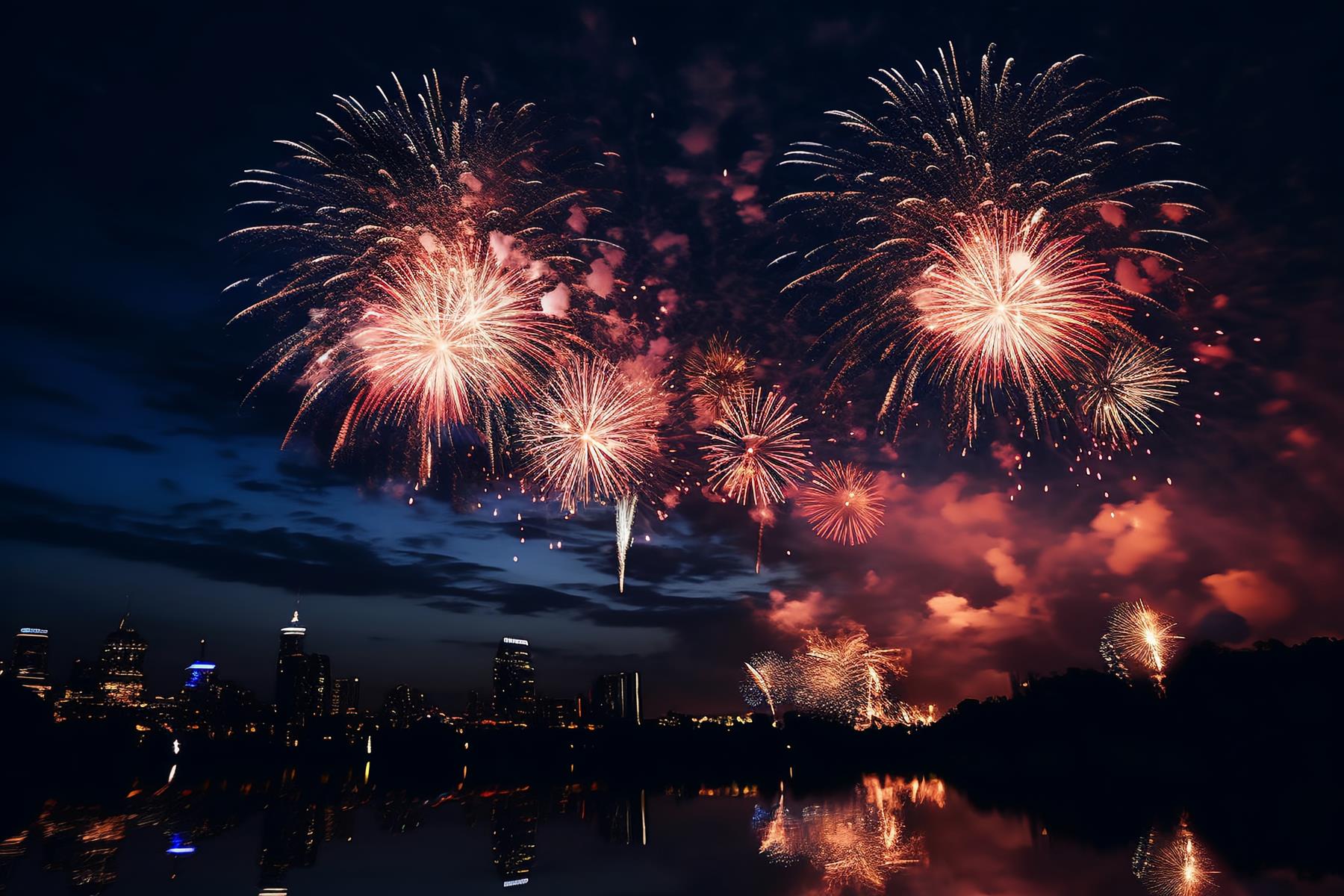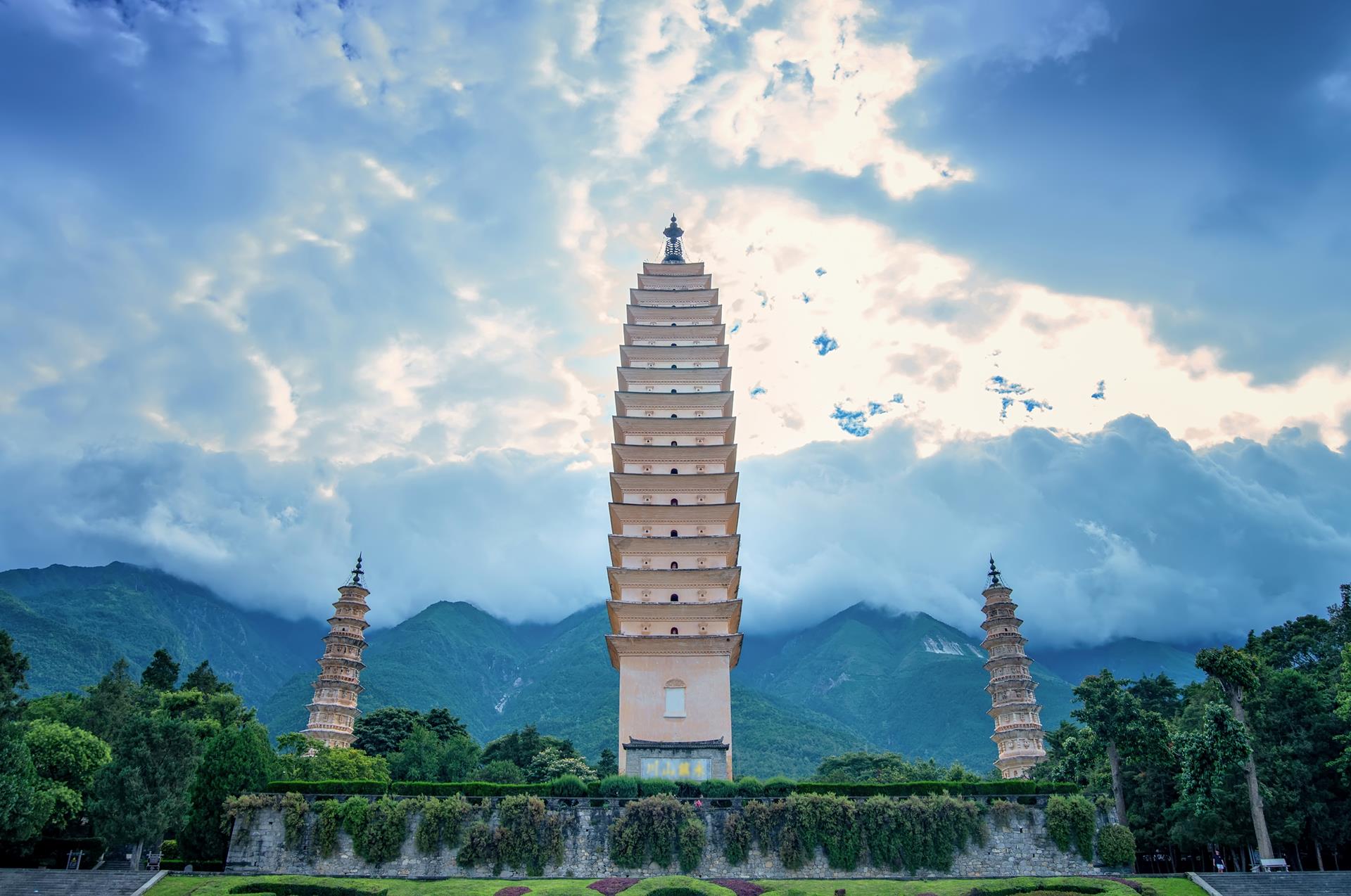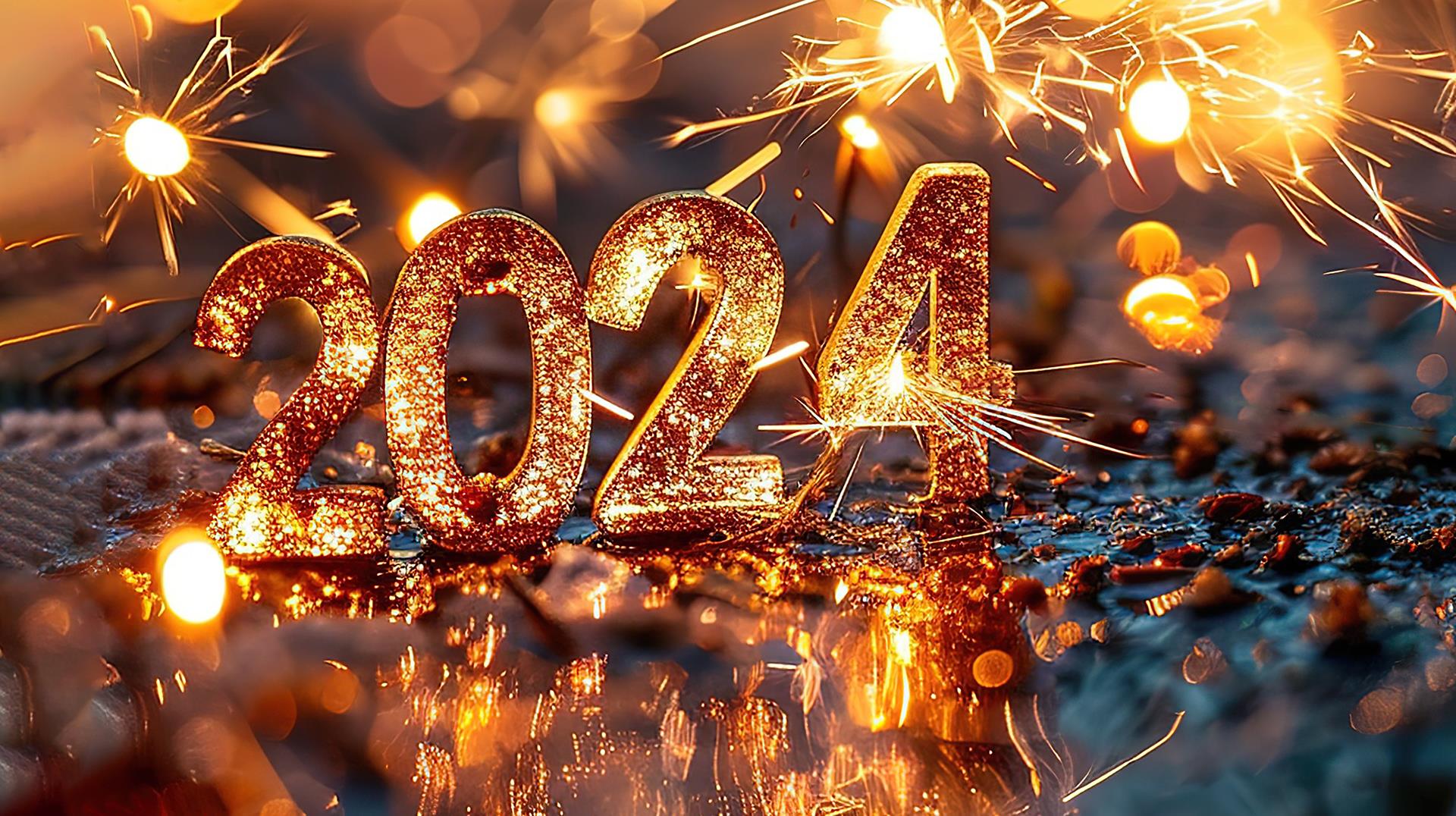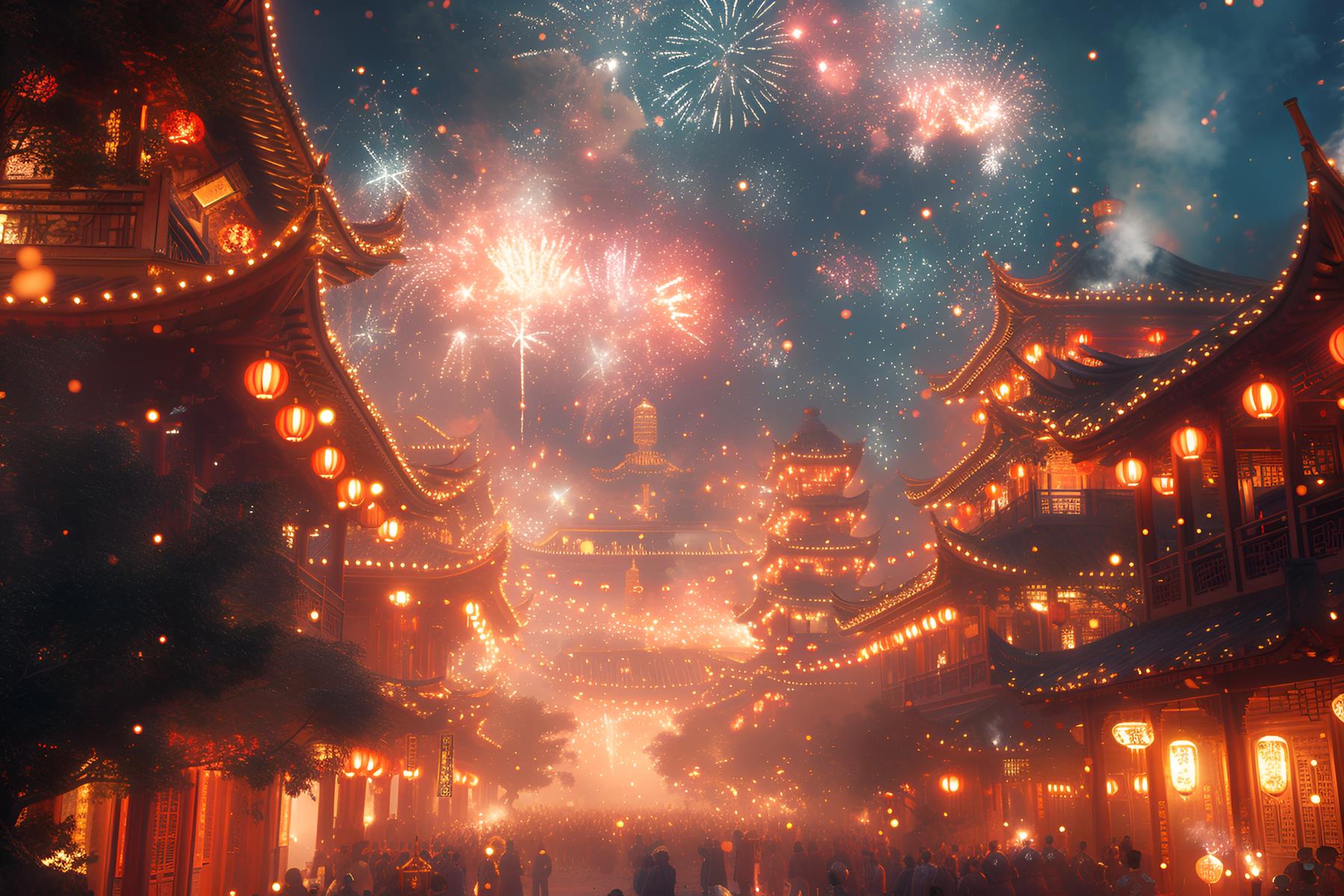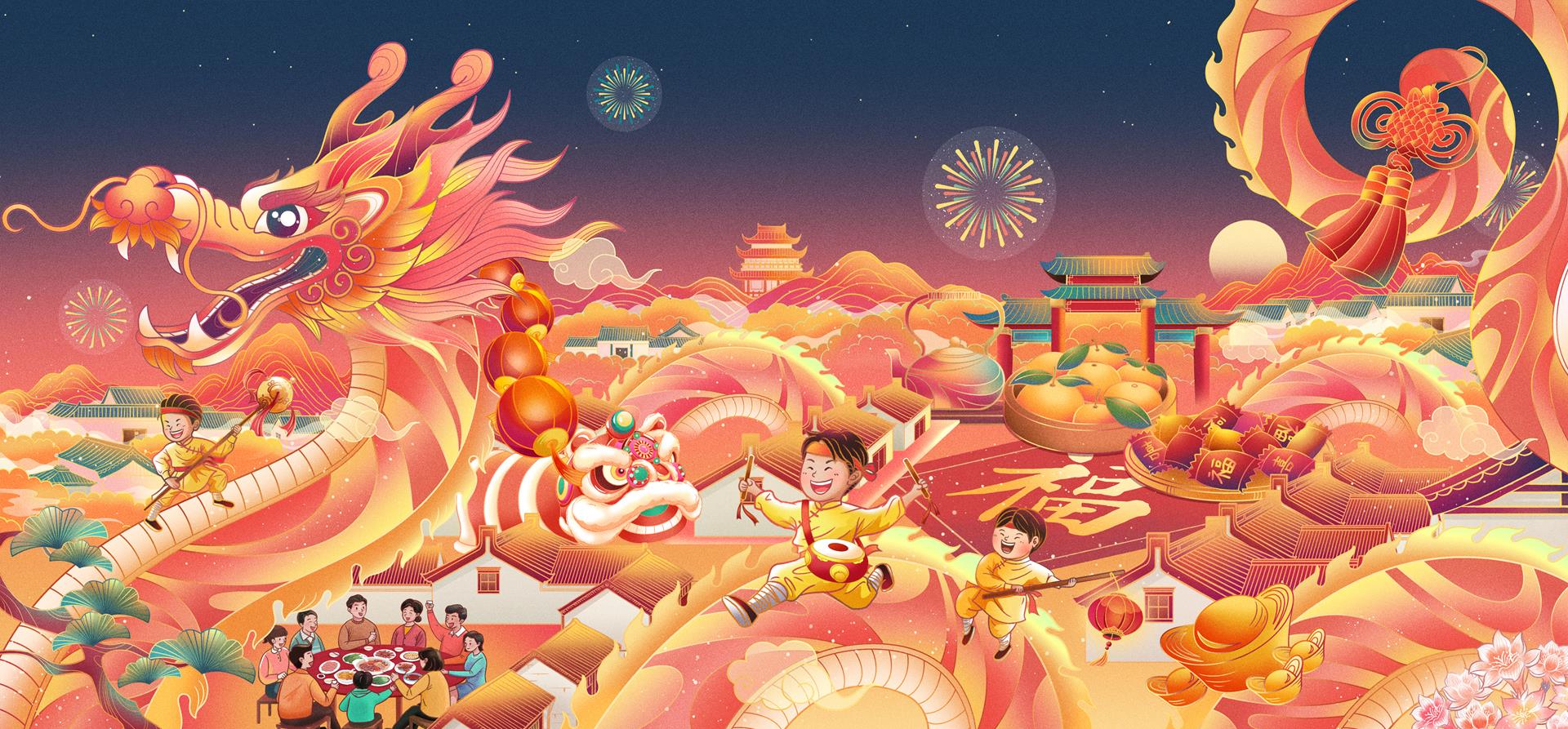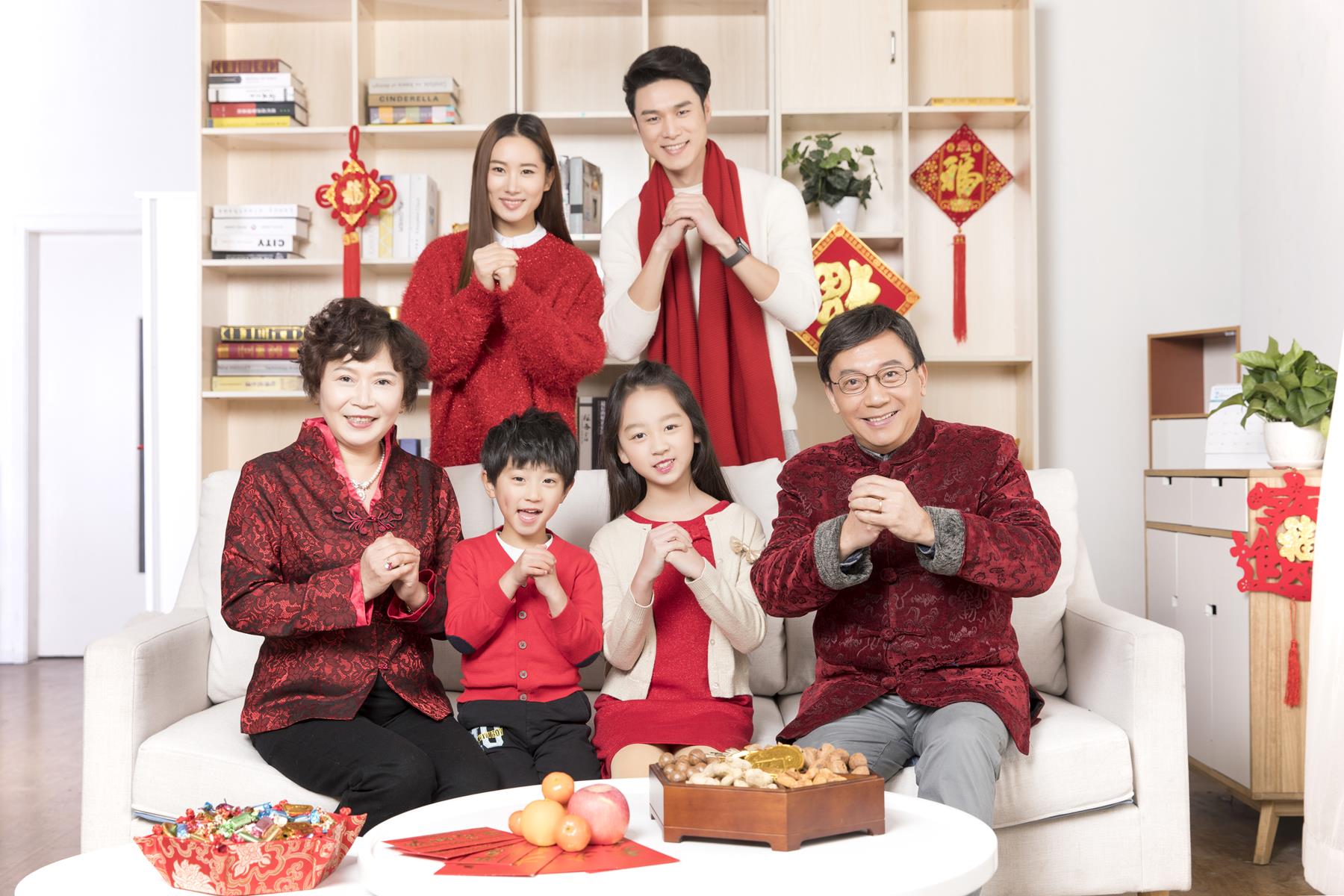
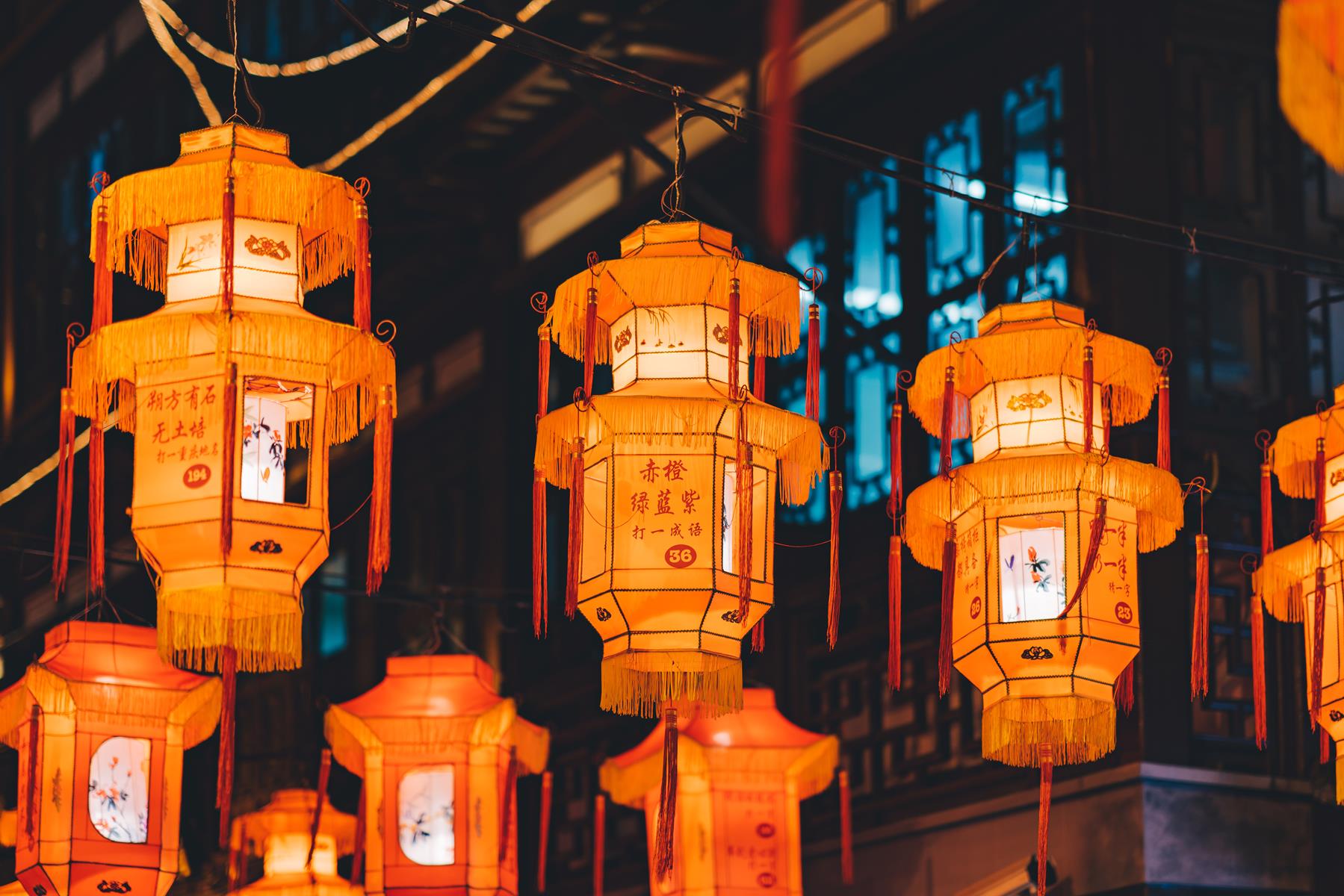
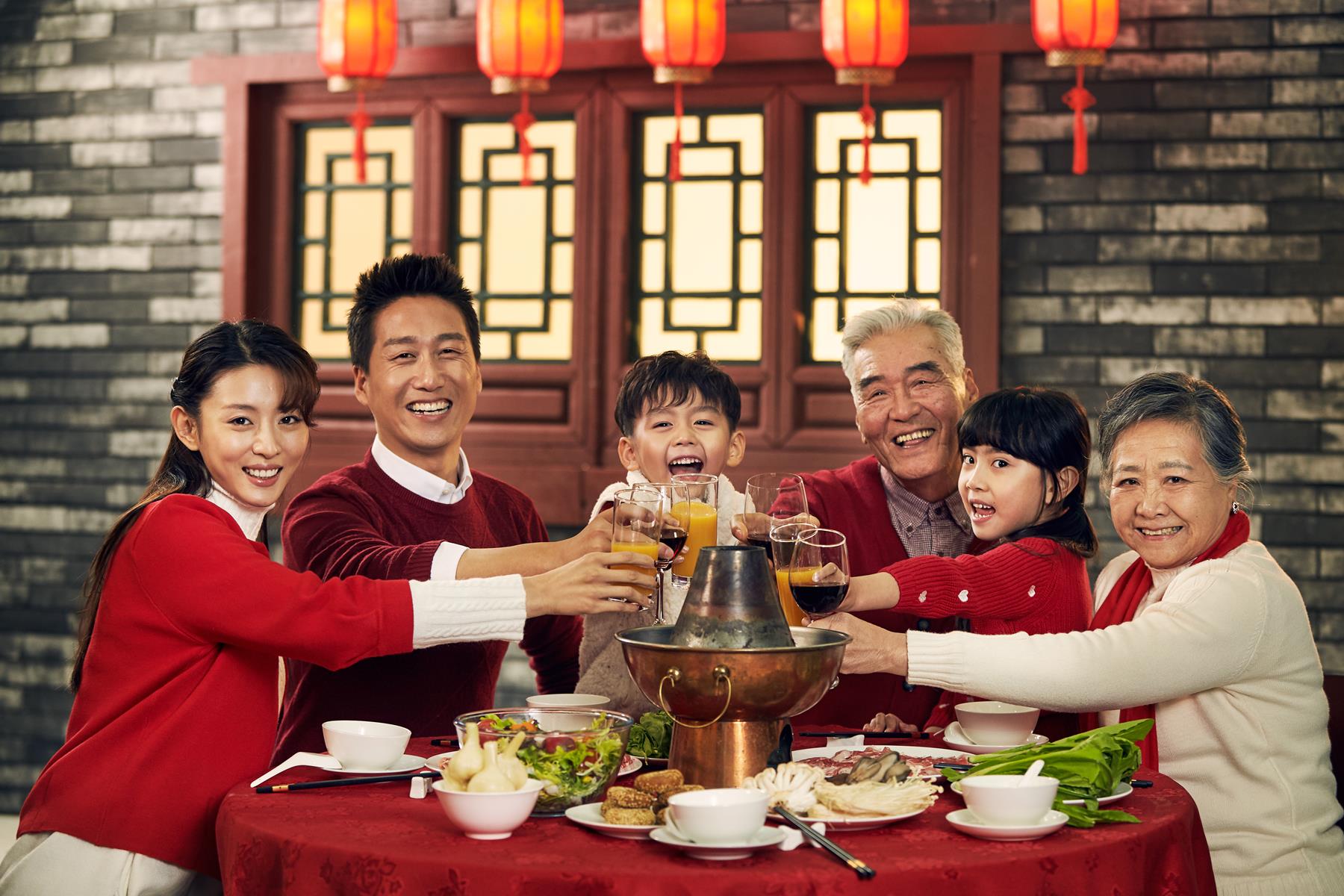

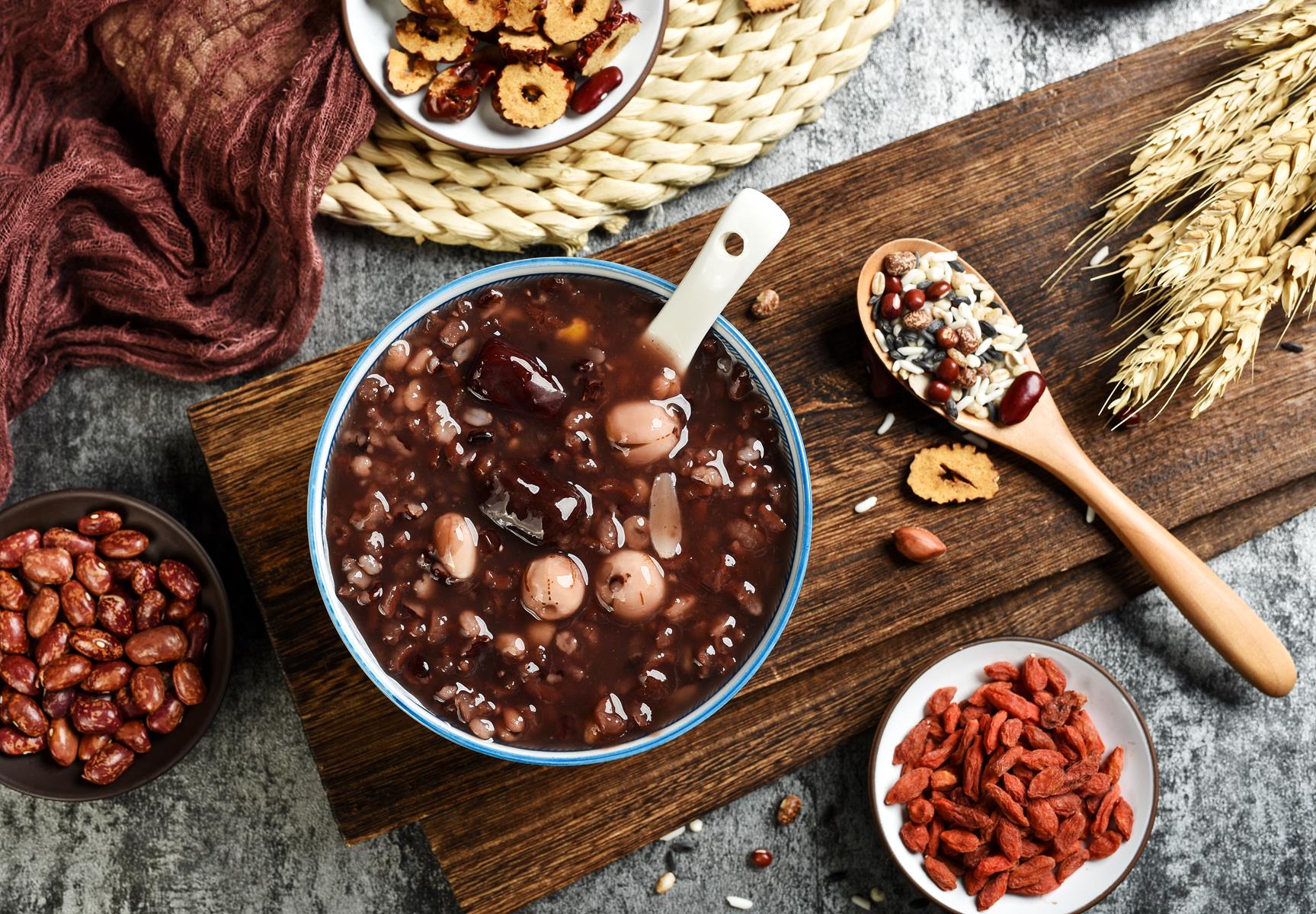
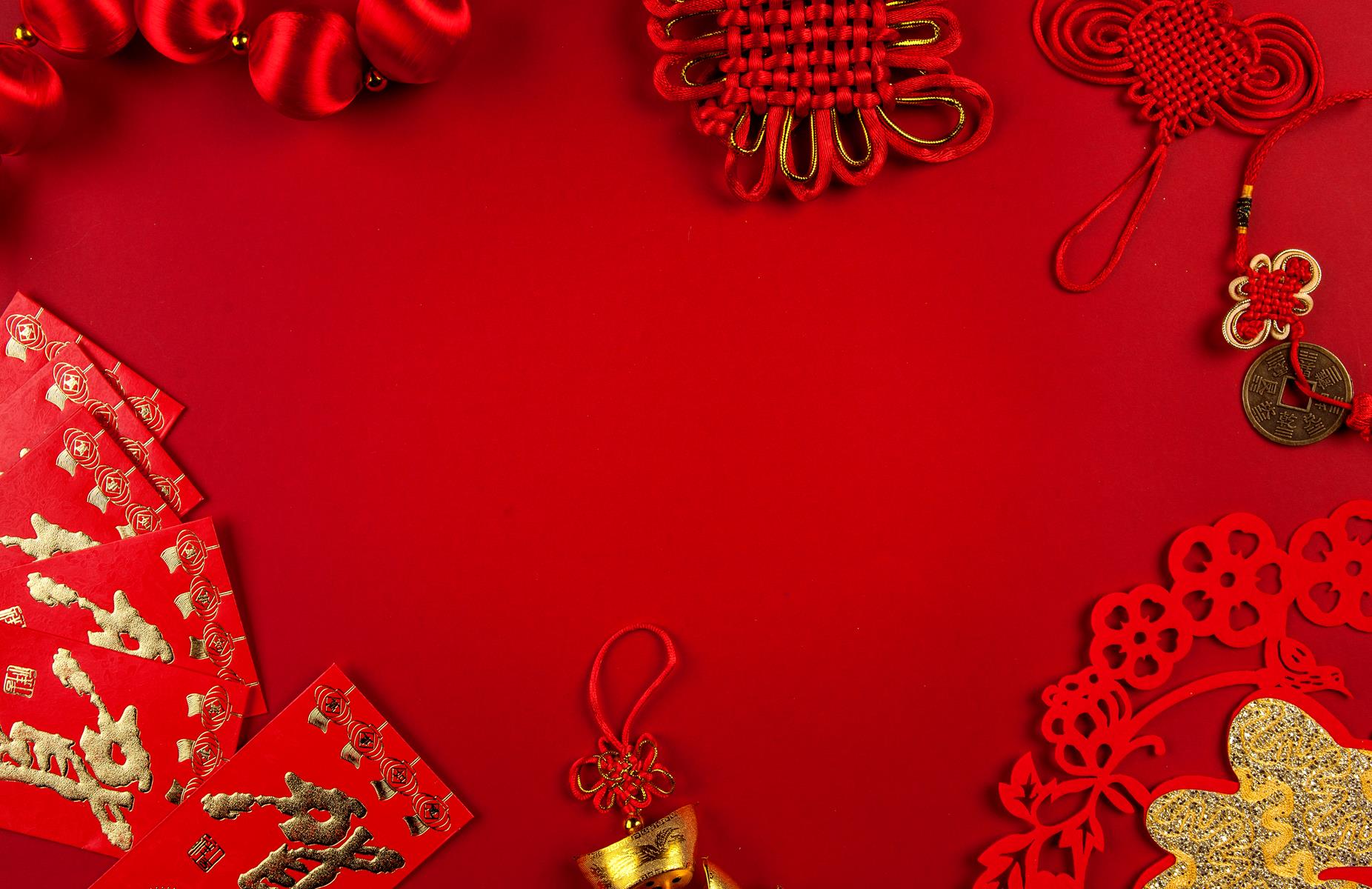
Spring Festival,also known as the Chinese New Year, is steeped in more than 4,000 years of history.
It’s the biggest and grandest event in China’s festival calendar, where celebrations kick off on the first day of the Lunar Calendar and last until the 15th of the first month, in the 21st century.
The Spring Festival period is an important holiday for families. People travel back to their hometowns within China to visit their families, making New Year one of the world’s largest annual migrations, also known as ‘Chunyun’ or ‘Spring Travel.’
The festival was traditionally a time to honour deities as well as ancestors and now it is also a time to feast and to visit relatives.
Regional customs and traditions vary widely but share the same theme - ushering out the old year and bringing forth the luck and prosperity of the new one.
China during this period is dominated by iconic red lanterns, loud fireworks, massive banquets and parades, and the festival even triggers exuberant celebrations across the globe.
Key Dates:
- The Laba festival (Lunar Date: 8th Dec.)
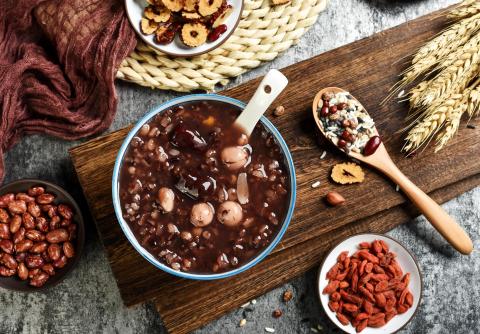
The Laba Festival (腊八 / Labā jié) of the lunar December marks the beginning of the Spring Festival in the traditional sense. Memorial ceremonies are held on this day to pray to ancestors and gods (such as door gods) for fortune and a successful harvest. Though paganist in nature, the festival has become integrated into religions such as Daoism and Buddhism.
The main food for this festival is Laba porridge (腊八粥 / Làbā zhōu). It includes seven types of grains, such as red bean, red dates and husked rice. There are many different myths regarding this porridge, but all teach the lesson of being grateful and not taking what you have for granted.
- Little New Year (Lunar Date: 23rd Dec.)
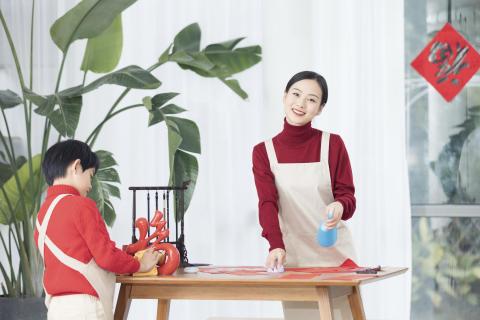
‘Little New Year’falls about a week before the lunar New Year. It’s also called “xiao nian”in Chinese, which literally means "Little New Year." This is another day of memorial and prayer ceremonies. The main activities include house cleaning to sweep away bad luck (扫年 / sǎo nián) and praying to the stove god (祭灶 / jì zào) is also traditional.
- New Year’s Eve (Lunar Date: the last date on Dec.)
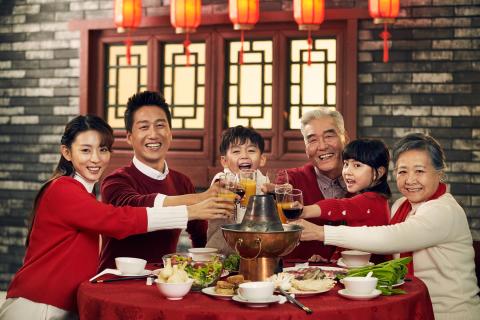
New Year’s Eve features the most important celebration. It usually includes a family reunion dinner and staying up until midnight.
This day is also known as the 30th of the year (大年三十 / dà nián sān shí). Traditions and rituals are very carefully observed in everything from food to clothing.
After dinner, children receive red envelopes. The family will then stay up late and wait for the New Year (守岁 / shǒu suì).
- Spring Festival (Lunar Date: January 1st.)
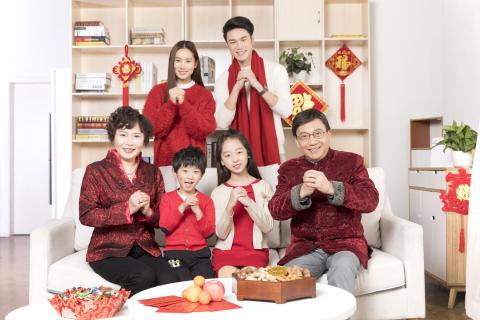
Families begin by passing on greetings from door to door, first to their relatives and then to their neighbours. In Chinese, the common greeting during New Year is "xin nian kuai le", which means "Happy New Year".
Those in Hong Kong and other Cantonese-speaking parts of the world tend to go with "gong hei fat choy" which translates roughly to "congratulations on your good fortune".
- Lantern Festival (Lunar Date: January 15th.)
Lanterns are lit and hung or flown and crowds watch dragon dances in the streets. Creating lanterns is the most important activity during the festival. Lantern Riddles (猜灯谜 / cāi dēng mí) are solved by children, as they uncover them written on the lanterns themselves. As it is a full moon that day, moon-gazing amidst lanterns is the best way to celebrate.
56 nationalities in China.
Chinese New Year celebrations are not limited just to mainland China and those countries who observe it as a public holiday.
Beyond China, families in Vietnam, Singapore, Thailand, Cambodia, Malaysia, Indonesia, Mongolia, Myanmar, Tibet, Mauritius, North Korea and South Korea also celebrate the event.
Across the world, the more recent Chinatowns in cities such as Sydney, London, San Francisco, Vancouver and Los Angeles mark Chinese New Year, with parades and lion dances attracting large crowds.
Iconic landmarks around the world such as the Tokyo Tower and the London Eye turn red to mark the new year.
The first of the Lunar Calendar through to the 15th of the first month.








